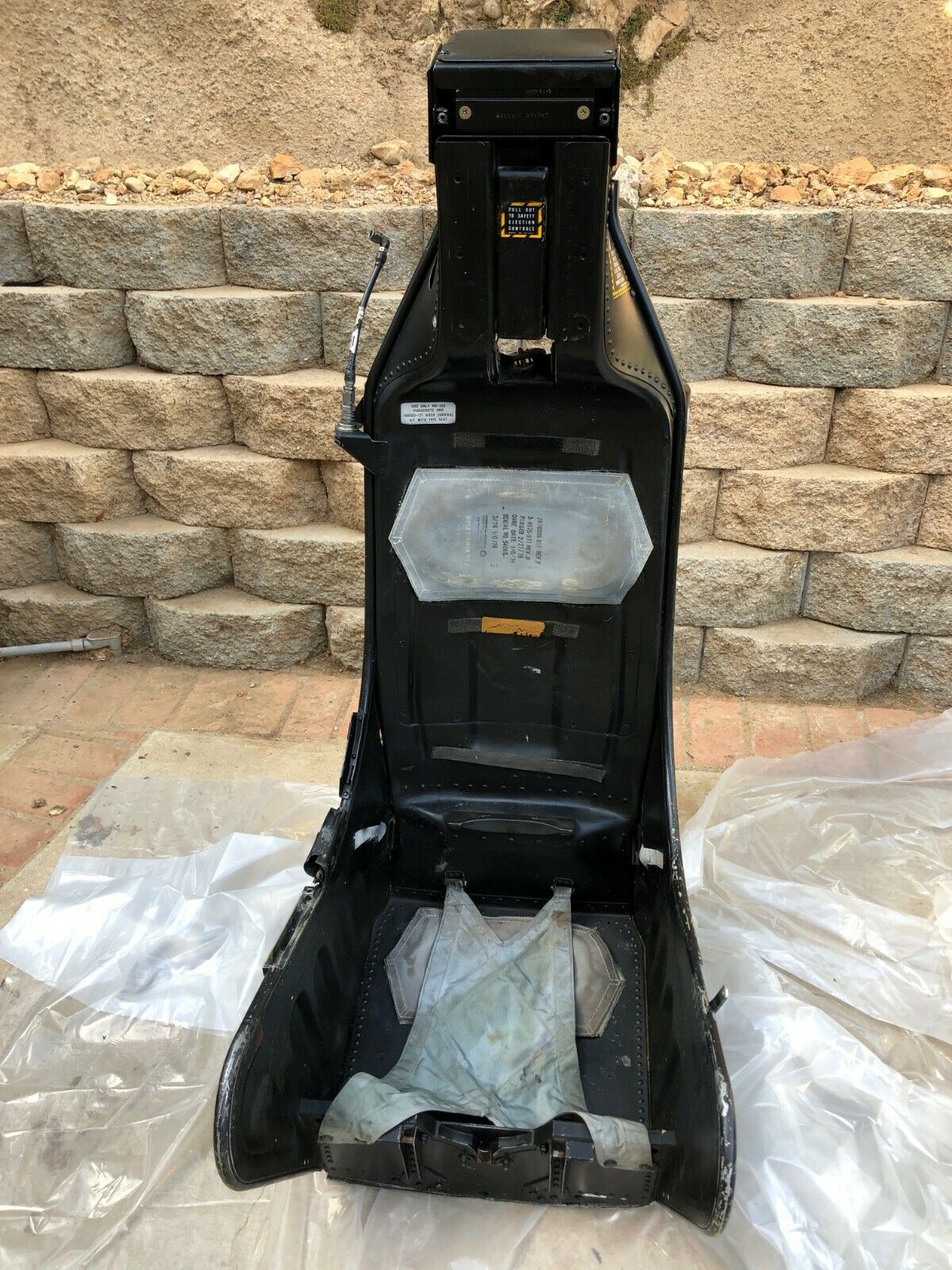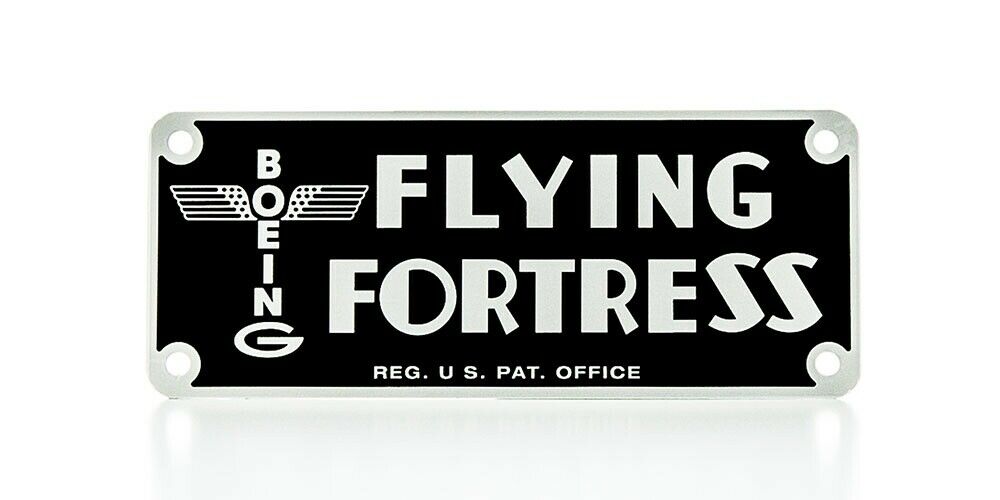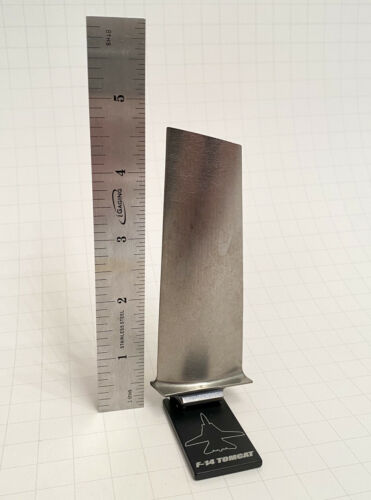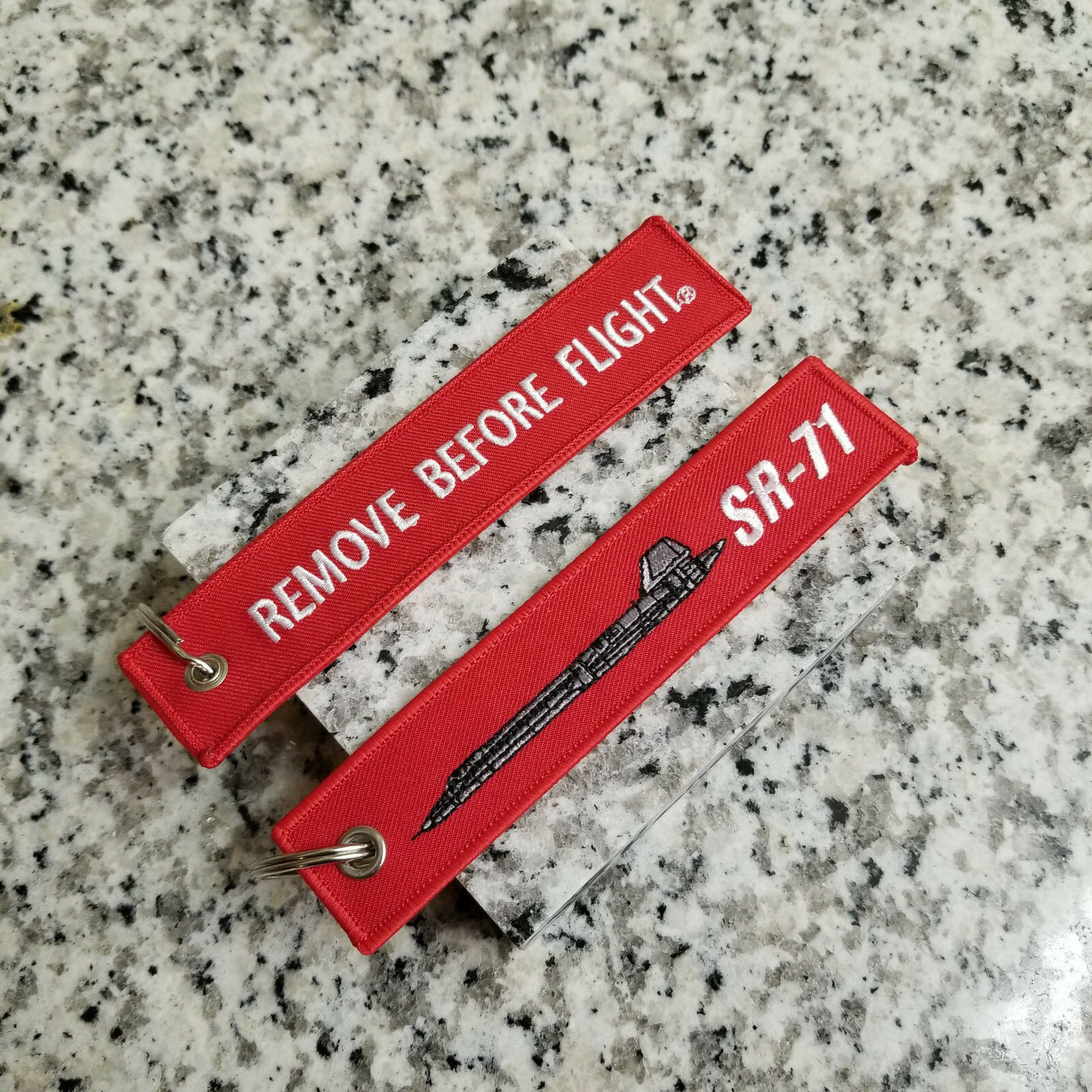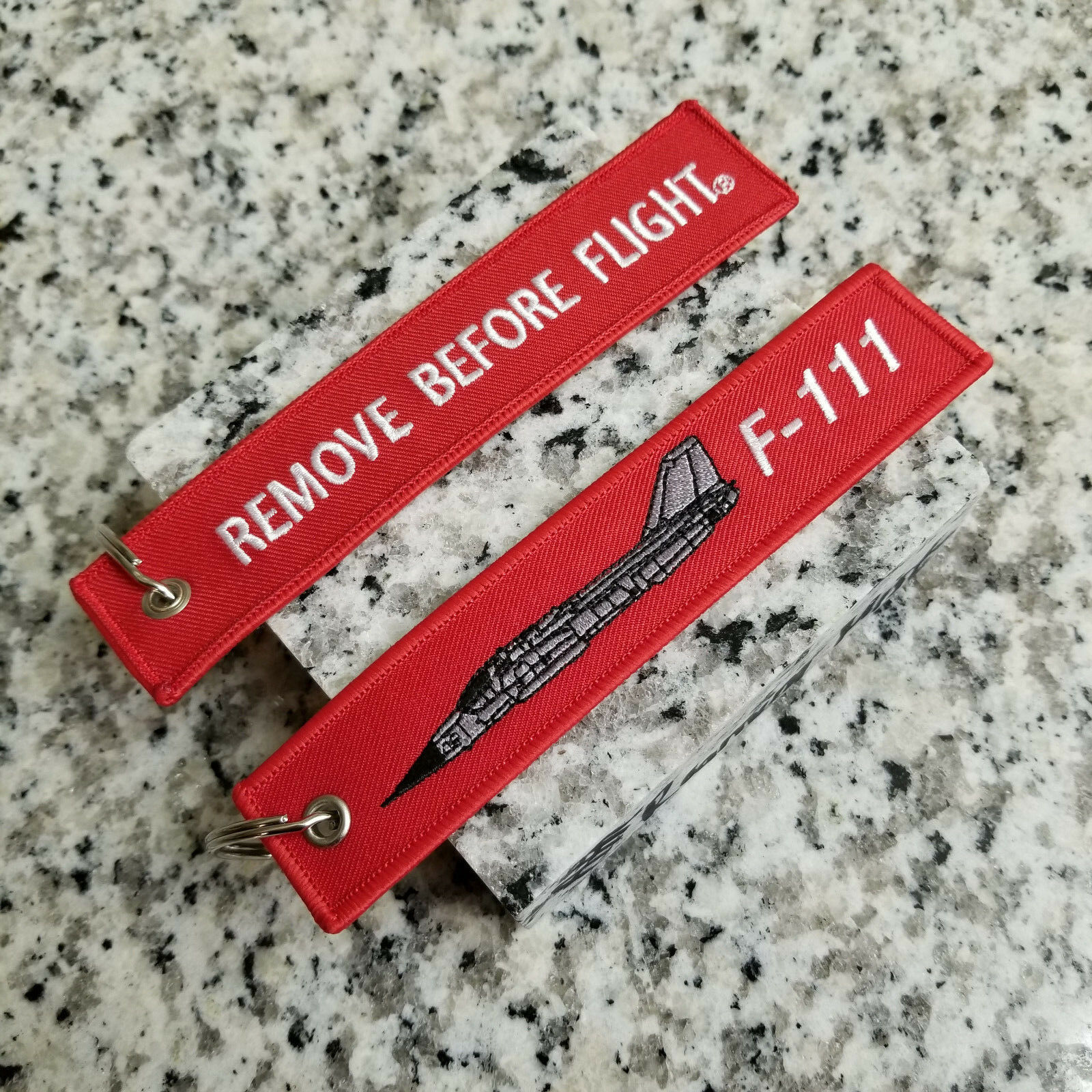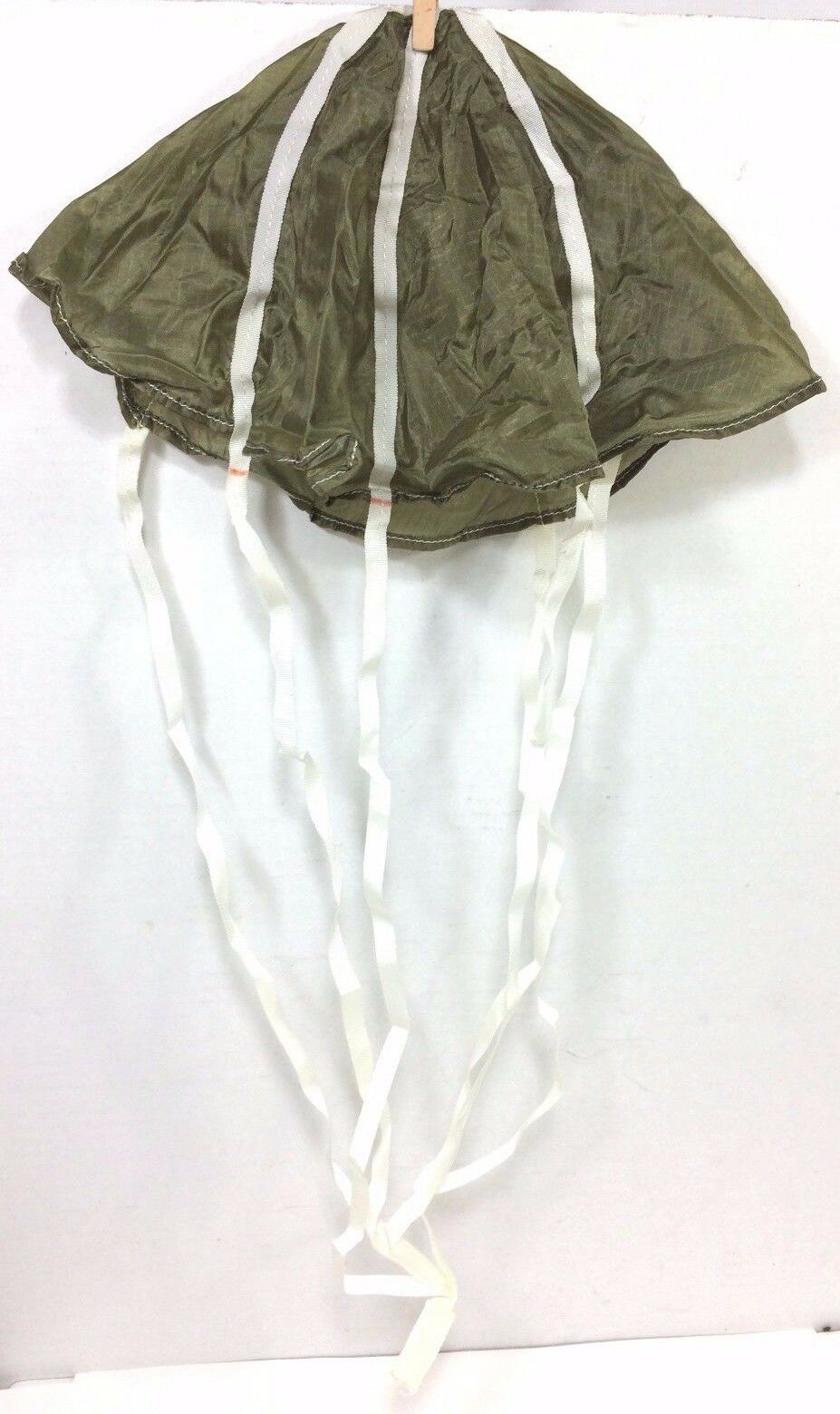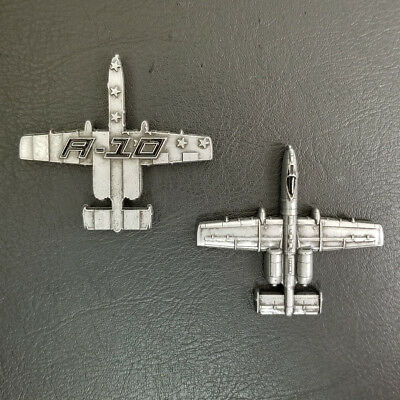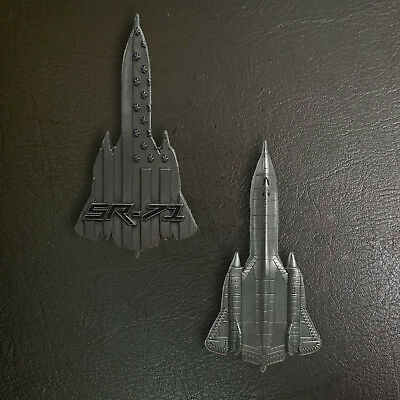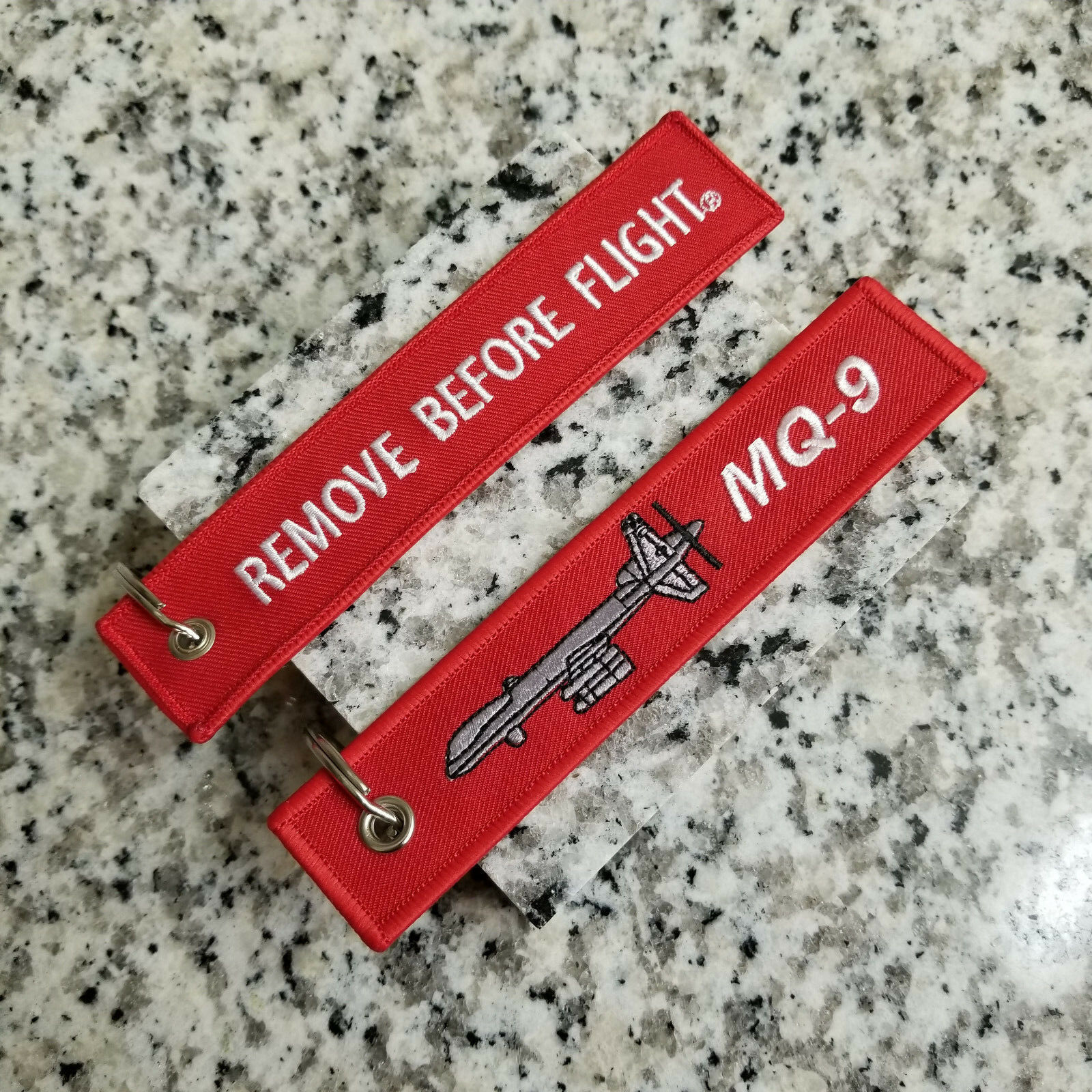-40%
F-15A Eagle Ejection Seat - McDonnel Douglas IC-7 ESCAPAC RARE!
$ 5016
- Description
- Size Guide
Description
F-15A Eagle Ejection SeatGenuine USAF – Rare!!
1977 McDonnel Douglas ESCAPAC IC-7
SN 269, from USAF 77-0048 assigned to Edwards Air Force Base
Local Pickup, or will work with buyer to arrange shipping.
If you have been looking for that perfect ejection seat to complete your collection, here it is! This McDonnel Douglas IC-7 "ESCAPAC" Ejection Seat is from an F-15A Eagle (USAF 77-0084) assigned to the iconic Air Force Flight Test Center (
AFFTC) at Edward’s Air Force Base. If you have been looking for an F-15 ejection seat, you know they are extremely hard to come by, and to find one from an early F-15A that was part of the famed 6510
th
/412
th
Test Wing is even more of a rare find! (The 6510
th
Test Wing became known as the 412
th
in October 1992).
The SN plate clearly shows the year as 77 (1977), and the Manufacturer’s Serial Number (MSN) as 296, which a lookup of USAF serial numbers will show maps to USAF SN 77-0084.
F-15A 77-0084 participated in numerous flight tests throughout the 1980’s and 90's as part of Edwards Air Force Base flagship 6510
th
/412
th
Test Wing, and was instrumental in proving out a number of advanced technologies, some of which are publicly documented, and others of which remain classified.
77-0084 was retired from service on May 16, 1995 and transferred to the 309th Aerospace Maintenance and Regeneration Group (AMARG) at Davis-Monthan Air Force Base. It was subsequently dismantled, with this ejection seat coming into my possession via a military surplus auction won by an old friend of mine, who it turn sold it to me.
This Douglas Aircraft ESCAPAC IC-7 as I received it did not come with the survival kit which serves as the lower seat cushion, but still retains the DART stabilization system under the seat, which appears complete.
I have prized it greatly over the years, but the time has come for me to move out of state, and make this gem available to someone who will equally appreciate this unique piece of aviation history.
Here is some additional detail on the ESCAPAC IC-7 from ejection seat dot com:
The ESCAPAC series of ejection seats by Douglas Aircraft is one of the most significant American designed/manufactured seats. Escapacs were fitted to many U.S. Navy aircraft including the A-4 Skyhawk, the A-7 Corsair II, and the S-3 Viking. In the USAF inventory, they were used in early F-15 Eagles, and in the YF-16, as well as early A-10 Thunderbolt IIs They have a very good reputation when used in the envelope. There are some 20 variants of the Escapac for the different aircraft, each with a different designation.
The seats are of fairly simple construction as the shell does not have a main beam assembly. The seat is attached to the rails via a set of rollers along the rear sides of the seat. To safety the seat a single handle is pulled out of the center of the headrest (its nickname is the 'headnocker'). This locks both the primary and secondary handles. Safety pins are also used by the ground crew. Most ESCAPAC seats have either fixed or mechanically activated canopy breakers to shatter the transparency prior to the pilot’s helmet striking it. The parachute pack is a rigid framed pack with an internal delay system actuated by a static line attached to the seat on the right side. This static line is released if the manual harness release handle is pulled. The seatpan survival kit is a hard pack with internal emergency Oxygen bottle. A round hole in the front right of the seat cushion normally provides a view of the gauge to verify it is full prior to flight.
Seat constructions among all the Escapacs is very similar with the primary difference in all the later seats being the width of the seat pan. One of the main equipment differences from version to version mainly involved the seat separation system. The earlier seats used a bladder system with a nitrogen bottle to push from behind the parachute pack, and under the survival kit at separation. Later seats were equipped with a Mk. 82 seat separation rocket. This rocket located on the left shoulder area vectored its thrust up and forward imparting a rearward rotation of the seat away from the aircrew. The proximity to the aircrew's head led to the nickname 'Earburner' for this rocket, however it was quite safe in practice.
Earlier Escapacs had no seat stabilization system provided, but that changed with the addition of the DART system. DART is a lanyard attached to the cockpit floor and fed through a series of roller brakes on the bottom of the ejection seat to keep the seat from tumbling after ejection. At the end of the lanyard (about 20-30ft) the lanyard unspools off the roller brakes and the seat flies free. The DART system has been used on several types of seats including the F-100D seat. The very late Escapacs such as the ones used in the S-3 Viking were equipped with an active stabilizer rocket, the STAPAC system. This system was later used as standard equipment on the ACES II seat.
The rails in aircraft such as the S-3 Viking are angled to provide separation of the ejected man/seat packages. This is to prevent collisions which could cause injury or prevent seat function.
